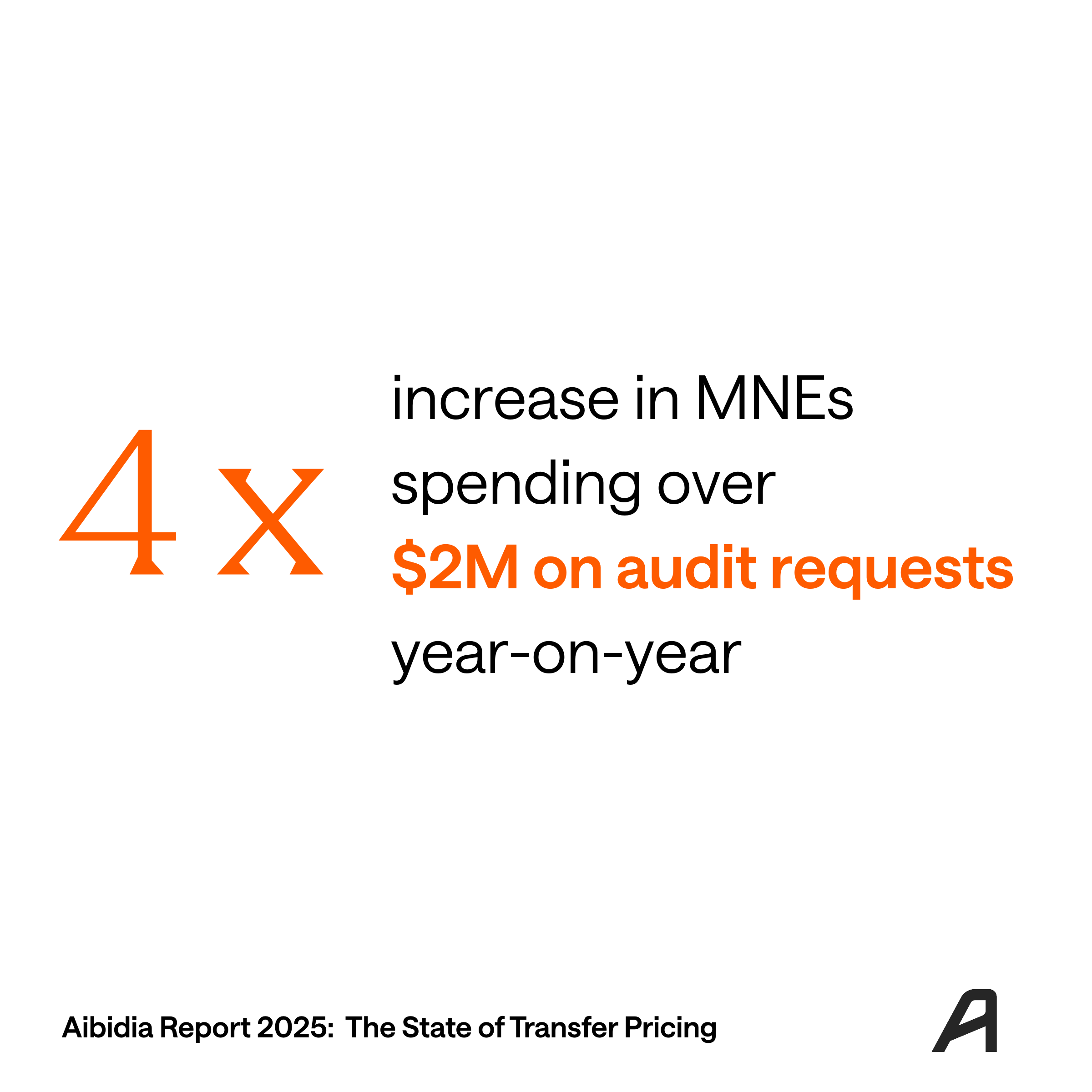Sometimes taxpayers who have not fully outsourced their transfer pricing to consultants can be puzzled regarding their benchmarking needs. One of the most common questions is when a benchmark is needed to substantiate a mark-up applied in intra-group services transactions and in what cases a limited analysis (simplified approach) will be sufficient.
What do OECD Guidelines say?
First, a simplified approach to determining the arm’s length charges applies only to low value-adding intra-group services. Low value-adding intra-group services are defined in the OECD Guidelines 2022 section D.1. paragraph 7.45. as services performed by one member or more than one member of an MNE group on behalf of one or more other group members, which:
- are of a supportive nature,
- are not part of the core business of the MNE group (i.e. not creating the profit-earning activities or contributing to economically significant activities of the MNE group),
- do not require the use of unique and valuable intangibles and do not lead to the creation of unique and valuable intangibles, and
- do not involve the assumption or control of substantial or significant risk by the service provider and do not give rise to the creation of significant risk for the service provider.
For such intra-group services, the OECD Guidelines allow for a simplified approach to determine the arm’s length charges. Namely, a mark-up on all related costs except pass-through costs should equal 5% and does not have to be justified by a benchmarking study.
OECD Guidelines specify what activities would not qualify as low-value adding intra-group services (e.g. R&D, manufacturing, purchasing of raw materials, sales and marketing, financial transactions, extraction and exploration, insurance and reinsurance, and services of corporate senior management). The Guidelines also provide examples of typical intra-group services meeting the low value-adding services criteria (e.g. accounting and auditing, HR activities, regulatory data processing, IT services, communications and PR, legal services, tax support and general administrative and clerical support).
What does EU JTPF say?
The EU Joint Transfer Pricing Forum published the guidelines on low value-adding intra-group services in 2010. The guidelines focus on multiple low-value-adding low-risk services of an administrative, auxiliary nature, generally involving a cost pool and allocation keys. For such services, the guidelines specify that “in cases where it is appropriate to use a mark up, this will normally be modest, and experience shows that typically agreed mark ups fall within a range of 3-10%, often around 5%”.
The idea of the guidelines is to ease the excessive compliance burden for the taxpayers in conducting in-depth analysis, including preparing benchmarking studies, as this may be “too resource intensive” for establishing a suitable mark-up for low value-adding intra-group services.
While the EU JTPF low value-adding services paper was not repelled after the inclusion of similar provisions in the OECD Guidelines, we generally recommend using the OECD Guidelines as a primary source of low-value adding services rules.
What jurisdictions will accept a simplified approach?
As the names of the above-mentioned guidelines suggest, OECD and EU member states can generally be expected to accept a simplified approach for analyzing low value-adding intra-group services. However, it must be noted that local legislation always prevails. If an OECD member state’s local regulations do not include respective provisions on a simplified approach, complete traditional analysis (including a benchmarking study) may still be required for that jurisdiction unless it allows relying on the OECD Guidelines. Also, some OECD member states may have simplified intra-group services provisions that deviate from the OECD standard. For example, the United States has the Services Cost Method, under which certain low value-adding intra-group services can be charged out at cost at the election of the taxpayer in certain circumstances.
Similarly, a non-OECD and non-EU country not having simplified analysis provisions in its local regulations can still accept a 5% mark-up according to the OECD Guidelines recommendations.
The recommended source to check whether a simplified approach is accepted is first and foremost the local regulations on transfer pricing of a jurisdiction in question. Since finding original local regulations can be difficult sometimes, a good place to start is the OECD TP country profiles webpage, where summaries of the fundamental transfer pricing principles are currently presented for 69 countries (https://www.oecd.org/tax/transfer-pricing/transfer-pricing-country-profiles.htm#htvi-approach) and are regularly updated. Question 16 is the one to look for, and a link to a specific part of the local regulations is often available.
How can Aibidia help?
- There are two ways how Aibidia can assist our customers with their benchmarking needs:
In case there is uncertainty regarding using a simplified approach and relying on OECD and EU JTPF guidelines, our solutions can help analyze the transaction in question and the legislation of the jurisdictions involved - Where a simplified approach would not be accepted, the customers can use existing benchmarks (if a suitable one is available), or can request a tailor-made benchmark to be prepared specifically for the respective transaction under analysis.







.png)


.png)

.png)
.png)






.svg)
